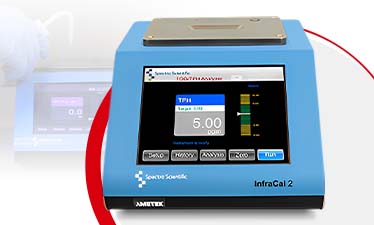3 Effective Strategies to Try for Accelerating Fatigue Testing
Fatigue testing is an analytical testing method that enables analysts to evaluate the failure of the parts or materials under fluctuating loads redundantly that are lesser than the tensile strength or yield strength of the material. This assessment helps greatly in understanding the gradual damage caused due to multiple loads over time.
None of these damages are, by the way, enough to fracture the material on their own. The fatigue testing method is used in a variety of applications that ranges from testing construction materials to testing of airplane and automobile parts.
Continue to read till the end to learn how users can apply effective strategies to accelerate this analytical testing method.
- A minor load increase can make a significant difference
There is one highlighting factor that can make a great impact on the duration of experiment time is the immensity of the applied load during each cycle of the test. The closer this load is to the tensile strength of the material, it will take fewer cycles to induce failure along with shorter test duration.
Select a stress load that is much lesser than the ultimate tensile strength and the user could end up waiting extreme durations for the failure to happen, or choose a load that is too high and the test could just finish up as soon as it started which doesn’t really offer very promising fatigue life insights.
This is why it is essential to optimize the loading conditions in order to develop data points that are valuable without excessive test duration endurance.
- Excluding low-damage cycles increases variable amplitude loading analysis
A variable amplitude loading (VAL) fatigue testing enables a more comprehensive and realistic analysis of how varied the levels of stresses on a component over its lifetime will impact toward damage progression.
In the real scenario, load histories can be attained by keeping a track of the component during regular use and this data can be used for designing simulated VAL fatigue testing in the laboratory. However, variable load histories often include numerous load cycles of low amplitude that results in little to no damage at all.
Playing out all of these cycles that are low damage on a testing machine can add a lot of time with minimal impact on outcomes.
- Natural frequency and Temperature matters when load frequency increases
The frequency of the load cycle being increased seems like a straightforward approach for reducing time, however, frequency capabilities of the instrument isn’t the only factor that users are needed to consider when going for this approach.
Heat starts to build up in the sample when users are ramping up the frequency of loading cycles and that too without getting enough time to dissipate the heat. This heating build up can lead to deformation that distorts the testing results.
This is why if you are increasing the frequency of your test then you must also keep an eye on the rise of temperature in the sample.
These are a few strategies that can be effective for accelerating the fatigue test. Make sure to keep in mind the next time you conduct this test in the lab.








